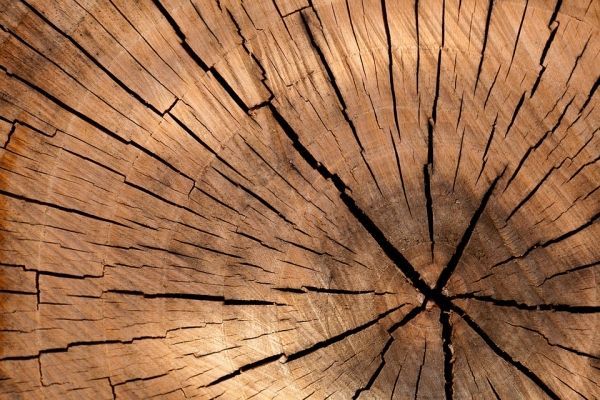There is increasing interest around the world in using timber as a lighter, more sustainable construction alternative to steel and concrete. While wood has been used in buildings for millennia, its mechanical properties have not, as yet, measured up to all modern building standards for major superstructures. This is due partly to a limited understanding of the precise structure of wood cells.
The research, published today in the journal Frontiers in Plant Science, has also identified the plant Arabidopsis thaliana as a suitable model to help direct future forestry breeding programmes.
Dr Jan Lyczakowski, the paper’s first author from Cambridge University’s Department of Biochemistry, who is now based at Jagiellonian University, said, “It is the molecular architecture of wood that determines its strength, but until now we didn’t know the precise molecular arrangement of cylindrical structures called macrofibrils in the wood cells. This new technique has allowed us to see the composition of the macrofibrils, and how the molecular arrangement differs between plants, and it helps us understand how this might impact on wood density and strength.”
The main building blocks of wood are the secondary walls around each wood cell, which are made of a matrix of large polymers called cellulose and hemicellulose, and impregnated with lignin. Trees such as the giant sequoia can only achieve their vast heights because of these secondary cell walls, which provide a rigid structure around the cells in their trunks.
Read more at University of Cambridge
Photo Credit: PublicDomainPictures via Pixabay


